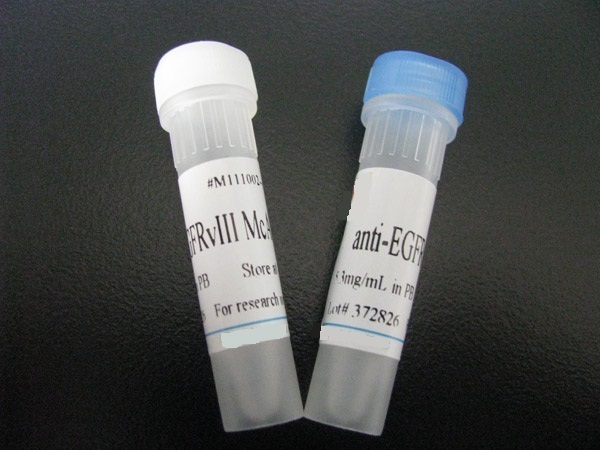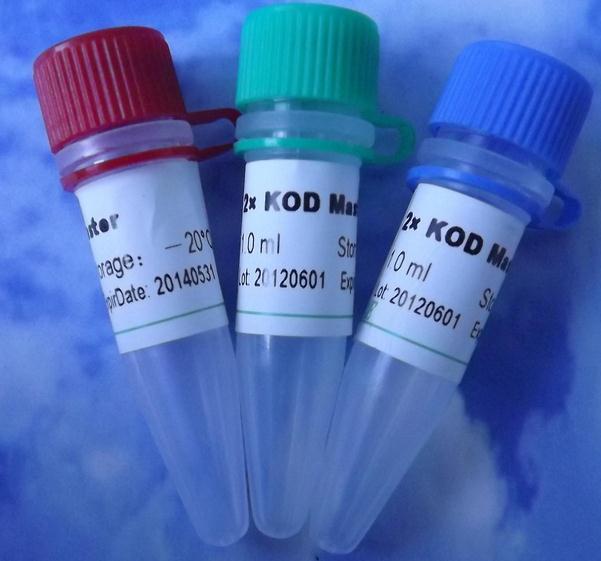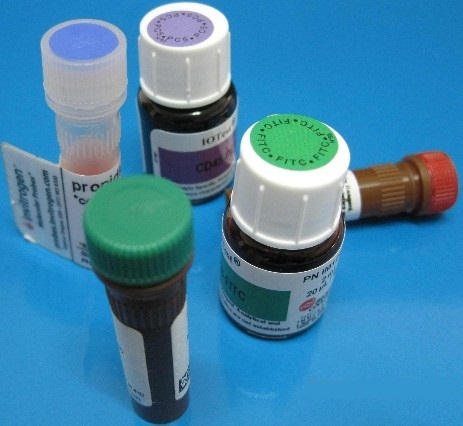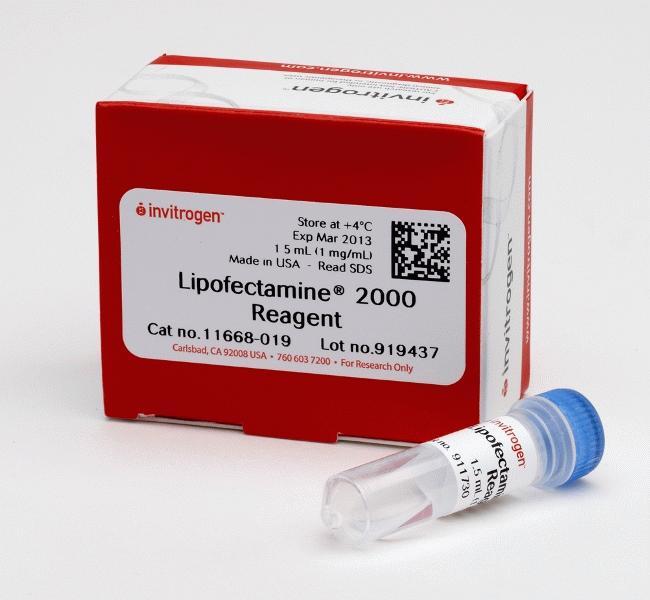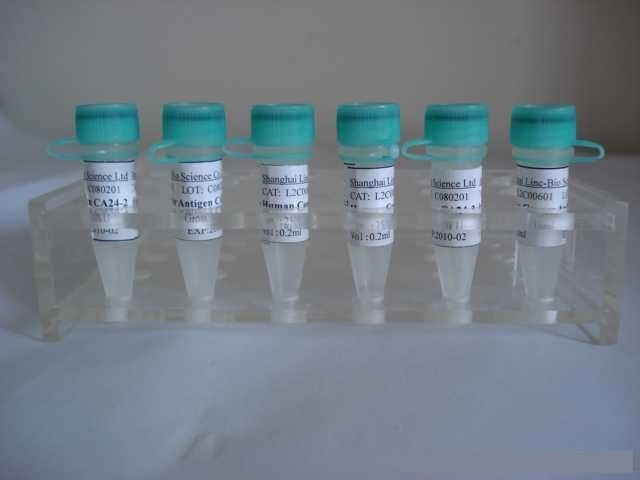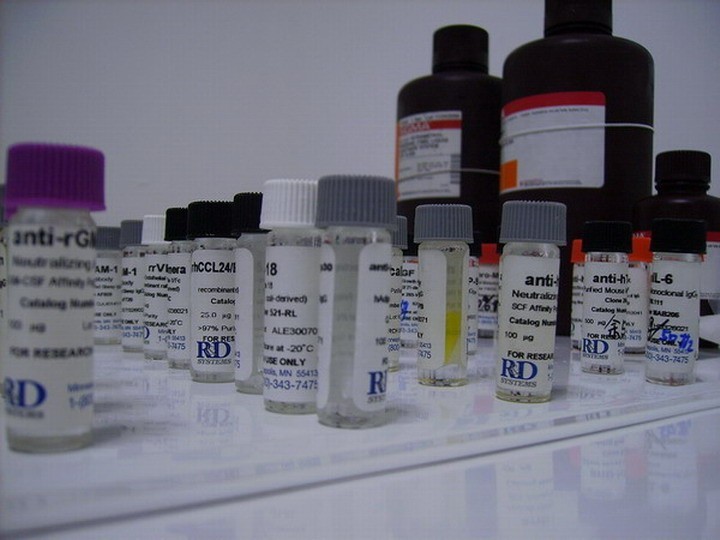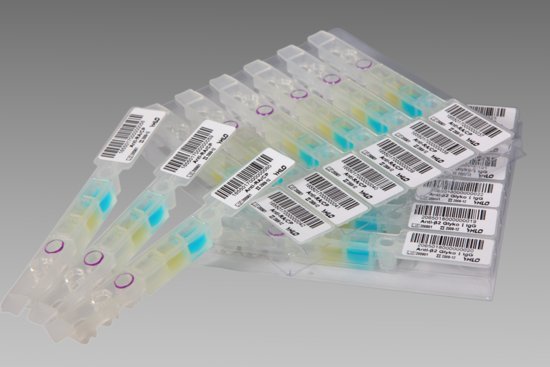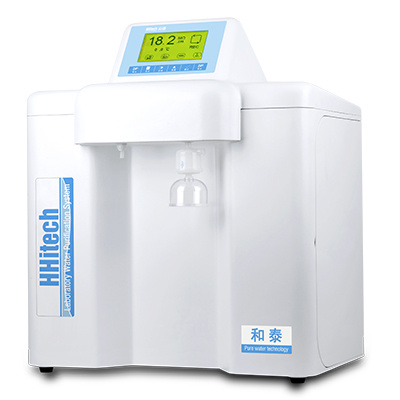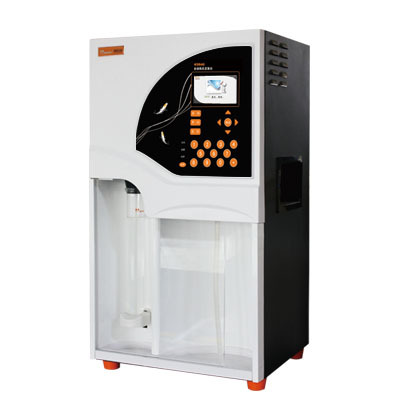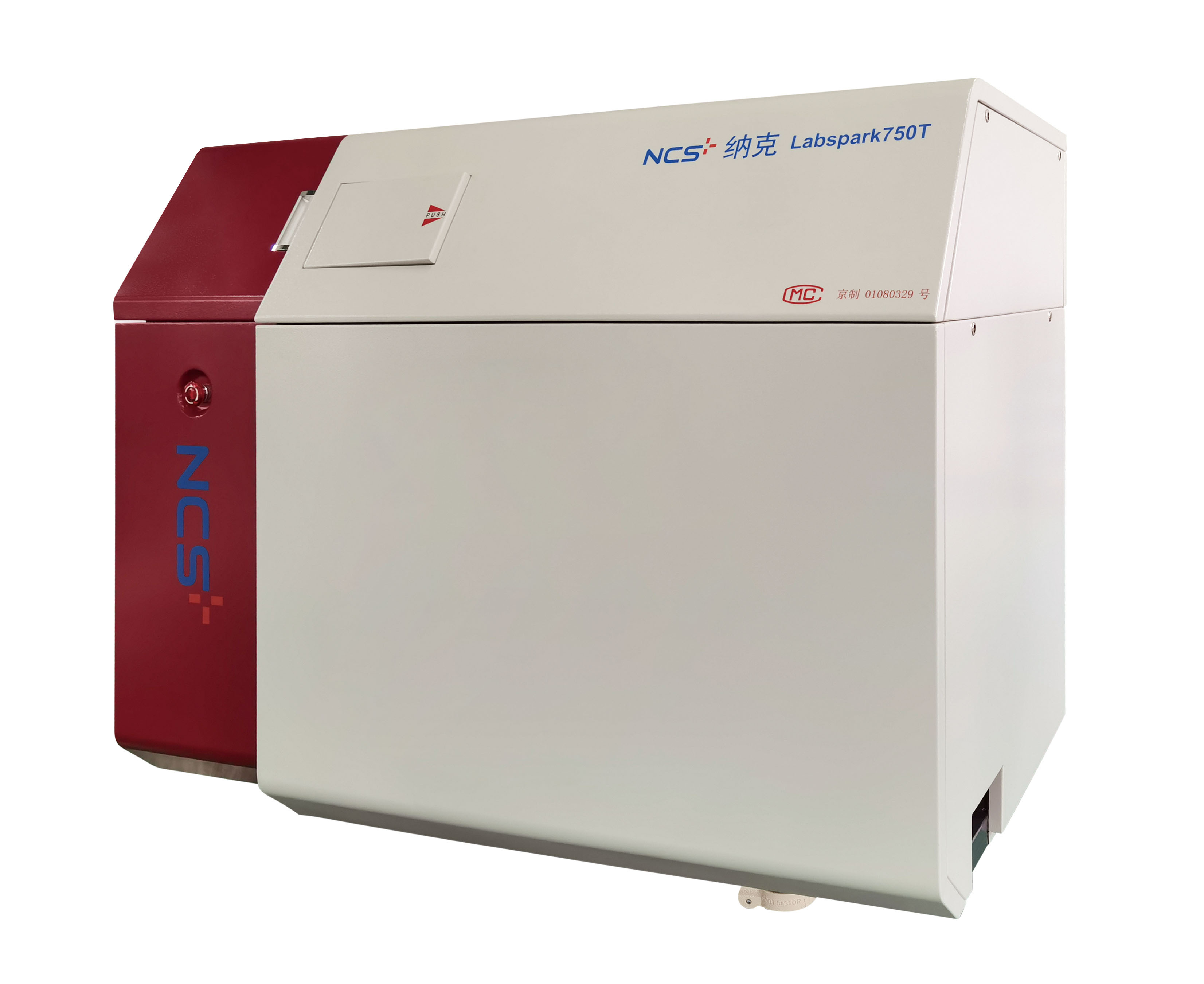浓 度 1mg/1ml
规 格 0.2ml/200μg
抗体来源 Rabbit
克隆类型 polyclonal
交叉反应 Human, Mouse, Rat, Horse
产品类型 一抗
研究领域 肿瘤 细胞生物 信号转导 糖尿病 泛素
蛋白分子量 predicted molecular weight: 91kDa
性 状 Lyophilized or Liquid
免 疫 原 KLH conjugated synthetic peptide derived from human DPP10
亚 型 IgG
纯化方法 affinity purified by Protein A
储 存 液 Preservative: 15mM Sodium Azide, Constituents: 1% BSA, 0.01M PBS, pH 7.4
产品应用 WB=1:100-500 ELISA=1:500-1000 IHC-P=1:100-500 IHC-F=1:100-500 ICC=1:100-500 IF=1:100-500
(石蜡切片需做抗原修复)
not yet tested in other applications.
optimal dilutions/concentrations should be determined by the end user.
保存条件 Store at -20 °C for one year. Avoid repeated freeze/thaw cycles. The lyophilized antibody is stable at room temperature for at least one month and for greater than a year when kept at -20°C. When reconstituted in sterile pH 7.4 0.01M PBS or diluent of antibody the antibody is stable for at least two weeks at 2-4 °C.
Important Note This product as supplied is intended for research use only, not for use in human, therapeutic or diagnostic applications.
二肽基肽酶10抗体产品介绍 Dipeptidyl peptidases (DPPs) mediate regulatory activity of their substrates and have been linked to a variety of diseases including type 2 diabetes, obesity and cancer. DPPs have post-proline dipeptidyl aminopeptidase activity, cleaving Xaa-Pro dipeptides from the N-termini of proteins. DPPs can bind specific voltage-gated potassium channels and alter their expression and biophysical properties and may also influence T cells. DPP proteins include DPRP1, DPRP2, DPP3, DPP7, DPP10, DPPX and CD26. DPP10 (dipeptidyl-peptidase 10), also known as DPRP3 (dipeptidyl peptidase IV-related protein 3), DPL2 or DPPY, is a non-functional dipeptidyl peptidase which can bind to the potassium channels KV4.1 and KV4.2. It is a single-pass type II membrane protein expressed in spinal cord, adrenal glands, pancreas and brain tissues and may act as a modulator for cell surface expression and activity of KV4.1 and KV4.2.
Function : Has no dipeptidyl aminopeptidase activity. May modulate cell surface expression and activity of the potassium channels KCND1 and KCND2.
Subunit : May form oligomers. Interacts with KCND1 (Probable). Interacts with KCND2.
Subcellular Location : Membrane.
Tissue Specificity : Found in serum, T-cells and brain (at protein level). Expressed in brain, pancreas, spinal cord and adrenal glands.
Post-translational modifications : N-glycosylated.
DISEASE : Genetic variations in DPP10 are associated with susceptibility to asthma (ASTHMA) [MIM:600807]. The most common chronic disease affecting children and young adults. It is a complex genetic disorder with a heterogeneous phenotype, largely attributed to the interactions among many genes and between these genes and the environment. It is characterized by recurrent attacks of paroxysmal dyspnea, with weezing due to spasmodic contraction of the bronchi.
Similarity : Belongs to the peptidase S9B family. DPPIV subfamily.
Database links : UniProtKB/Swiss-Prot: Q8N608.2
![]()




